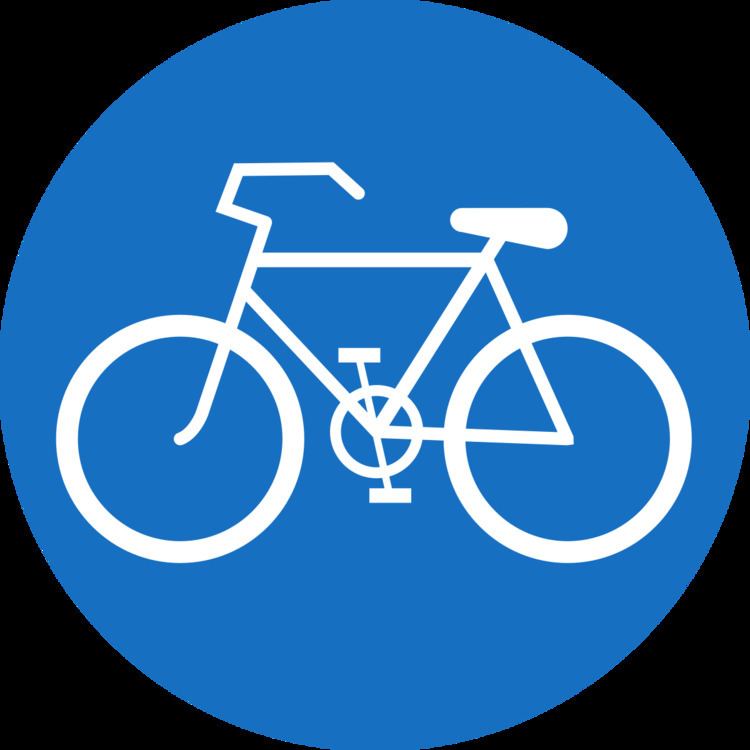 | ||
One of the potential pitfalls for observers trying to interpret the operation of bikeways (or segregated cycle facilities) is that the same legal assumptions do not apply in all environments. For instance, in contrast to most English speaking countries, some European countries, including Germany, France, Denmark, Belgium, and the Netherlands have defined liability legislation. Thus there is a legal assumption that motorists are automatically considered liable in law for any injuries that occur if they collide with a cyclist. This may hold regardless of any fault on the part of the cyclist and may significantly affect the behaviour of motorists when they encounter cyclists.
Contents
In some countries it is legal for cyclists to overtake motor-vehicles on the inside, and cyclists doing so may enjoy the protection of the law. In this case, the use of segregated cycle facilities conforms to existing traffic law. In other jurisdictions similar "undertaking" manoeuvres by cyclists are illegal. Such distinctions form the basis of the claim by John Forester that segregated cycle facilities encourage behaviours that flout existing traffic law and in which cyclists enjoy no legal protection.
Cyclists in some countries are also given separate rules and light phases at traffic signals and cyclist-specific traffic lights. For instance, in Germany and elsewhere at junctions with segregated facilities all the traffic in a given direction (motorists, pedestrians and cyclists) may get a green signal at the same time. Turning motor traffic is obliged to wait for cyclists and pedestrians to clear the junction before proceeding. In this situation all the transport modes get equal green time. In contrast, UK and Irish practice restricts pedestrians to a dedicated signal phase, separate from and usually much shorter than the green phase for motorists (e.g. 6–12 seconds, vs. signal cycle times of up to 120 seconds). If cyclists were to be segregated and treated in a similar manner this would imply a significant reduction in green time for cycle traffic at every junction. In the English city of Cambridge the use of cyclist-specific traffic signals is reported to have resulted in increased delays for cyclists, leading some to ignore the cycle-facilities and stay on the road. A similar example occurred in a Parisian bikepath scheme in 1999. Cyclists faced twice the number of traffic signals as motorised traffic and were expected to wait over one minute to get seven seconds of green time. Conversely, in Copenhagen cyclist-specific traffic signals on a major arterial bike lane have been linked to provide "green waves" for rush hour cycle-traffic, which time the lights so cyclists going an average speed are much more likely to encounter green lights on their trip.
Legal signifiance of cycle tracks in European countries
Cycle tracks typically exclude all motorized vehicles for most countries. Some exceptions are made, such as in the Netherlands, for light motorbikes. Some jurisdictions require cyclists to use cycle tracks if present (obligatory cycle tracks) or allow cyclists to either use the cycle track or a parallel roadway (facilitative cycle tracks).
Strict Liability
A number of European countries, including Austria, Denmark, France, Germany, Italy, the Netherlands and Sweden, apply a strict liability towards cyclists, protecting them. For example, in the Netherlands, the law assumes the stronger participant (e.g. a car driver) is liable in the case of an accident with a weaker participant (e.g. a cyclist) unless it can be proved that the cyclist's behavior could not have been expected.
